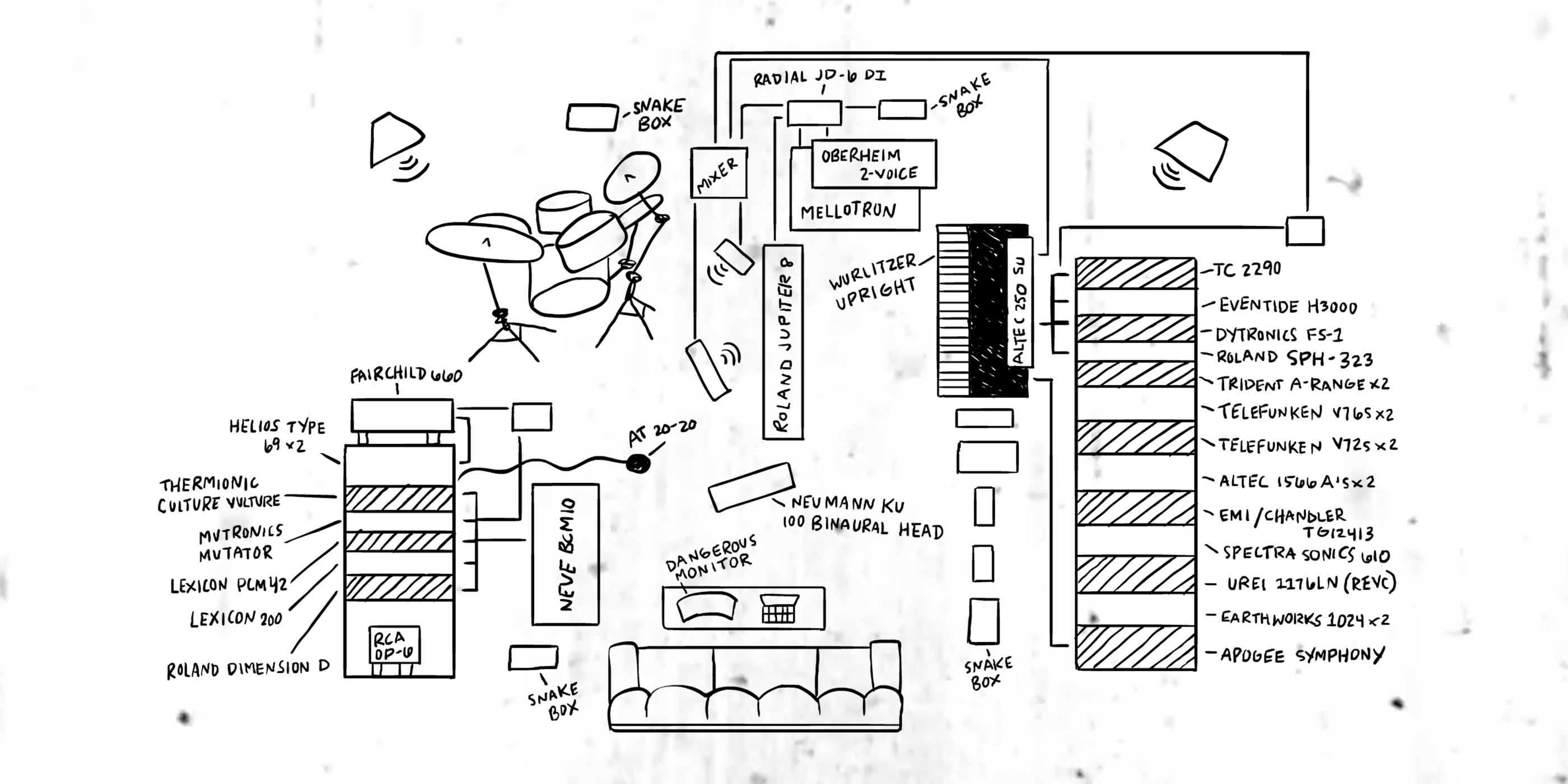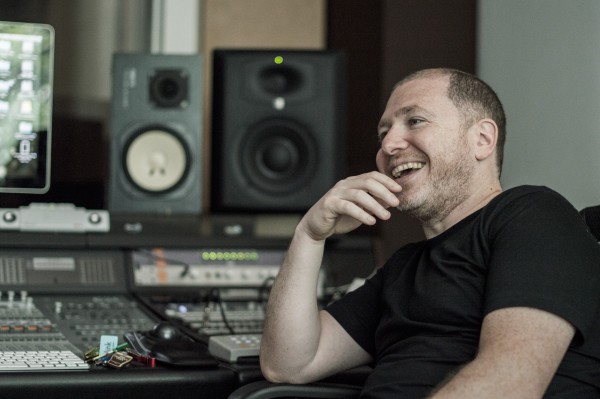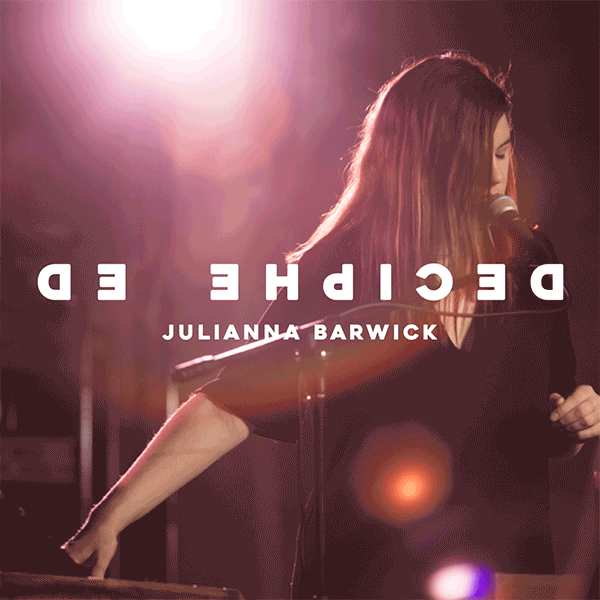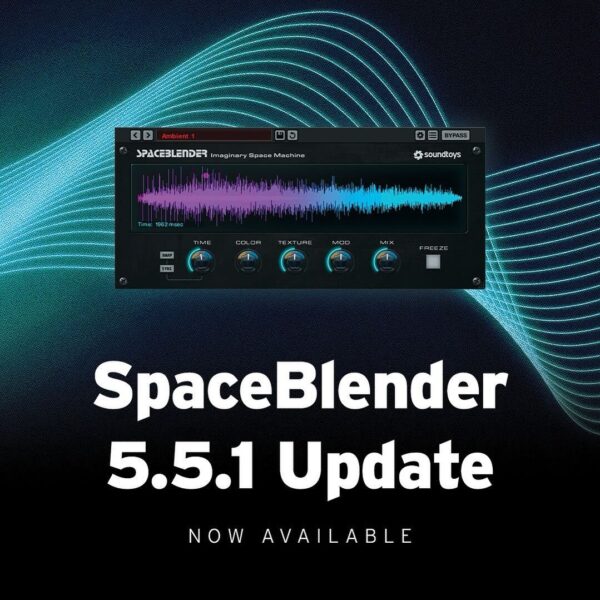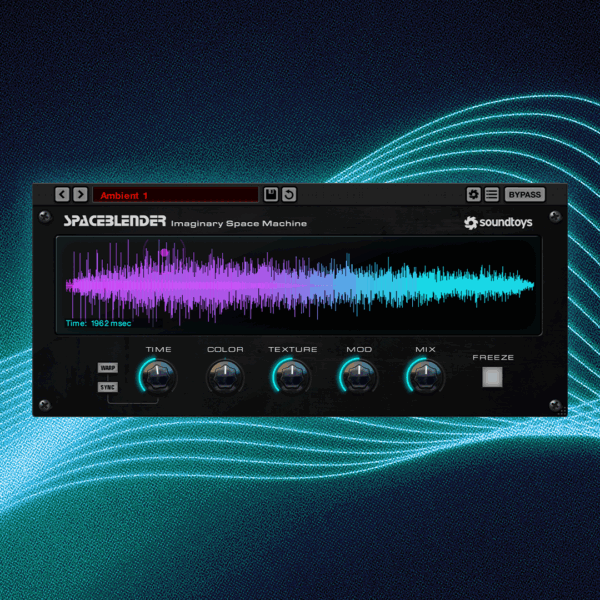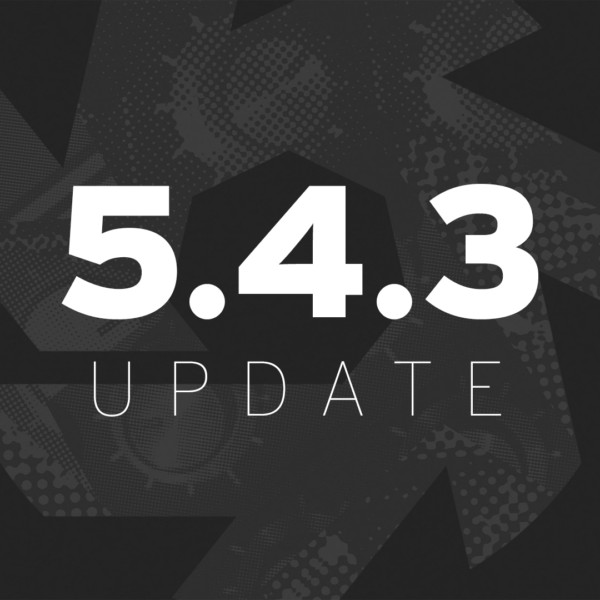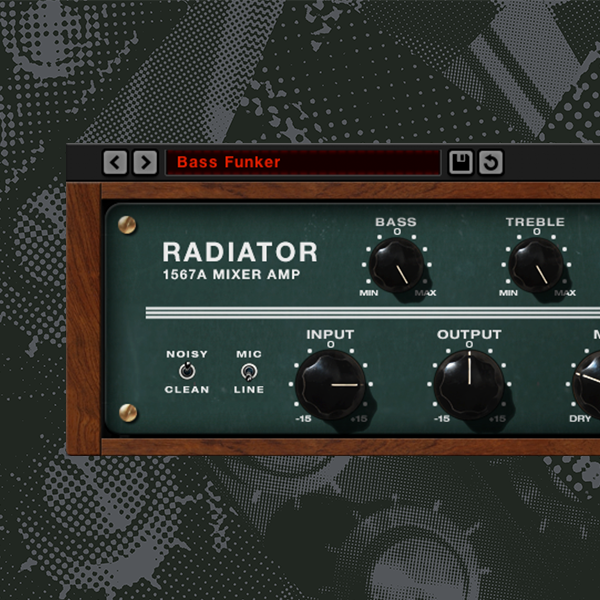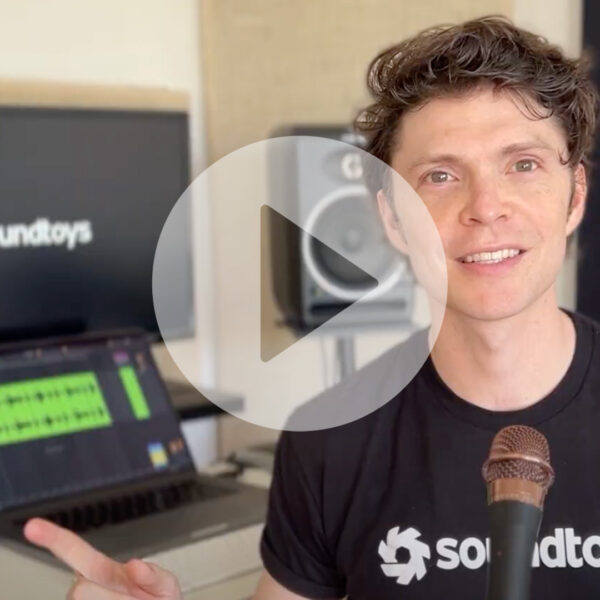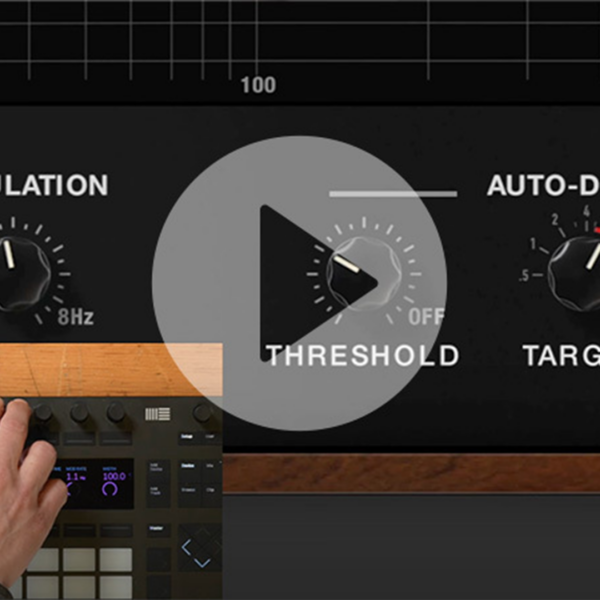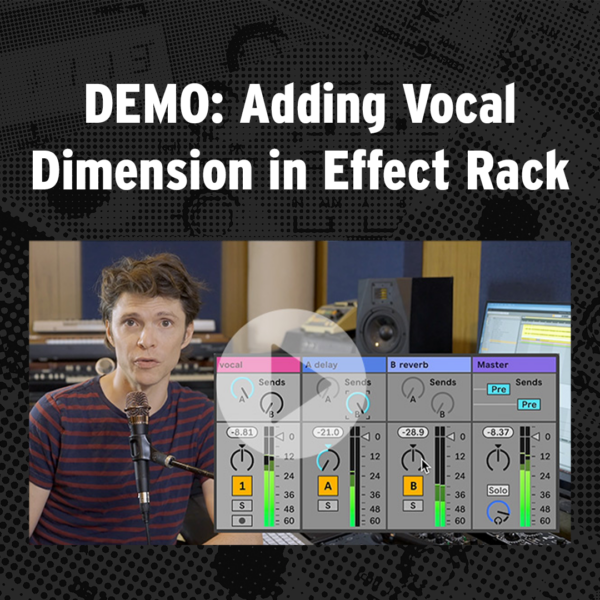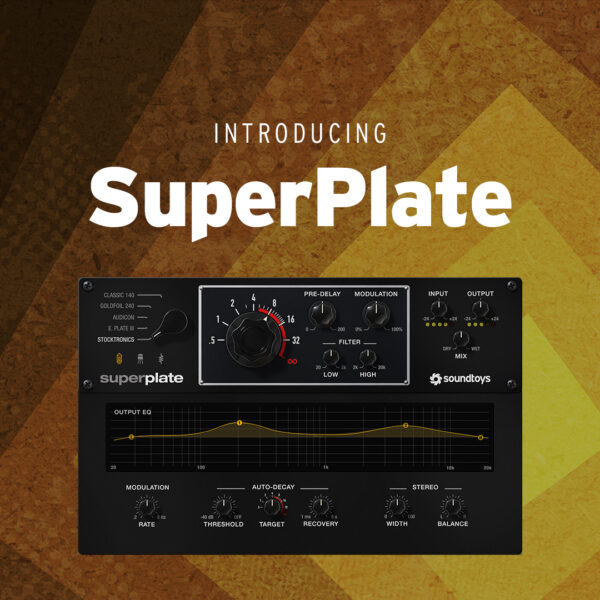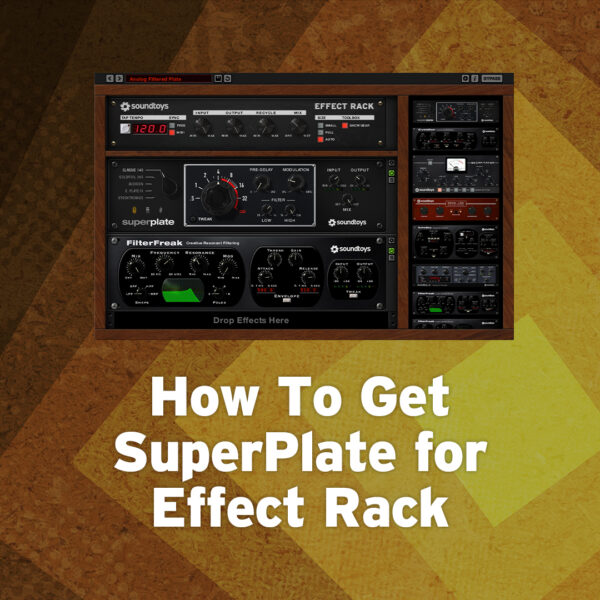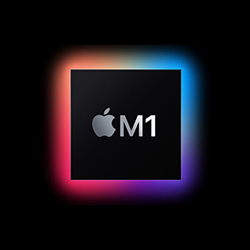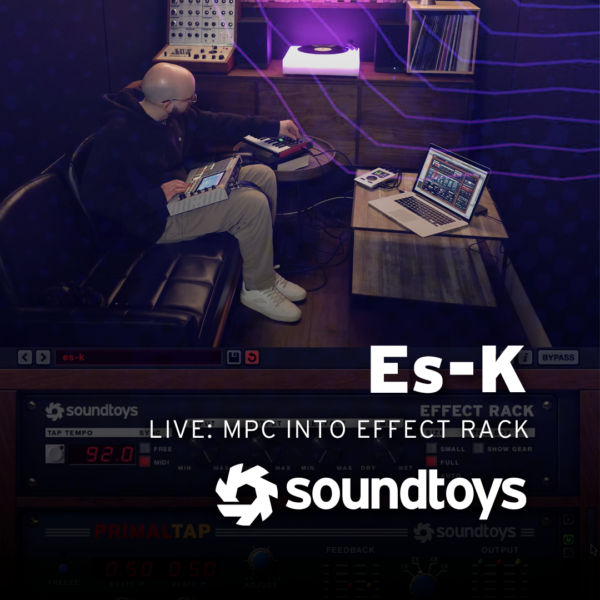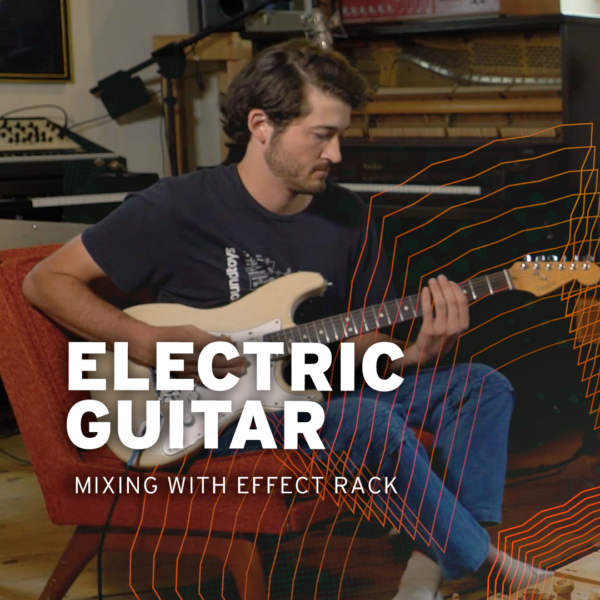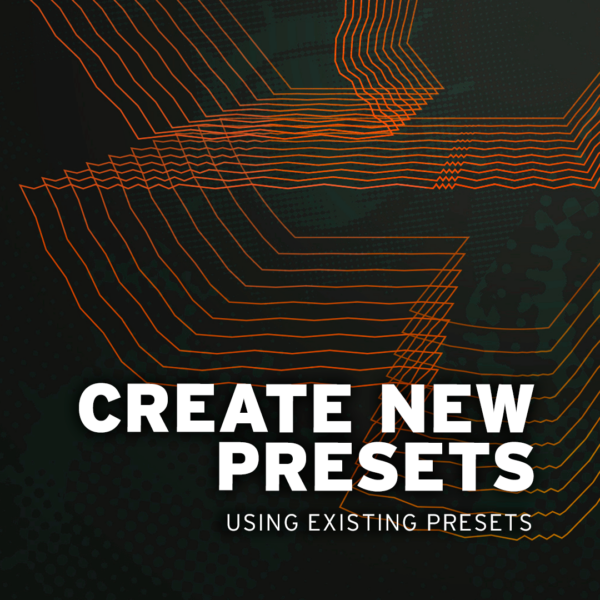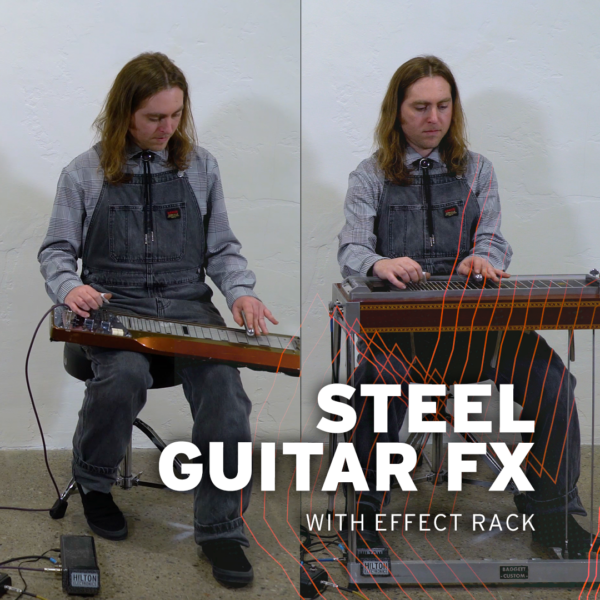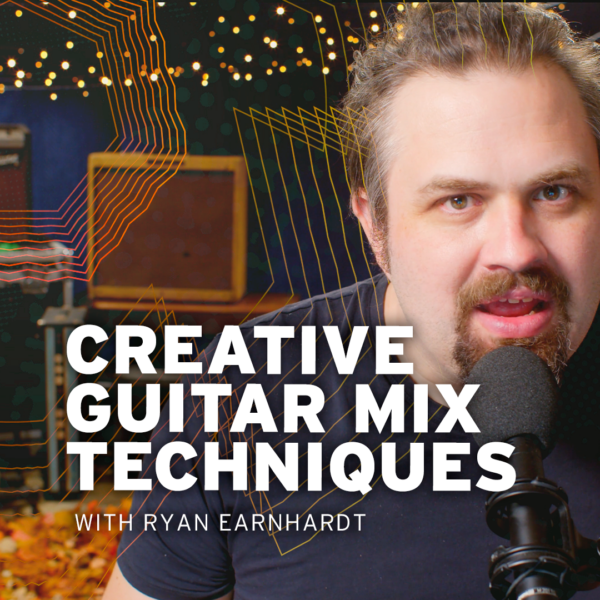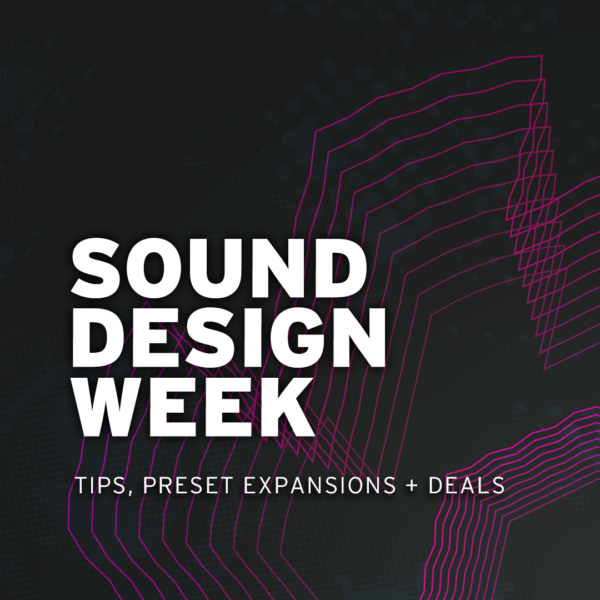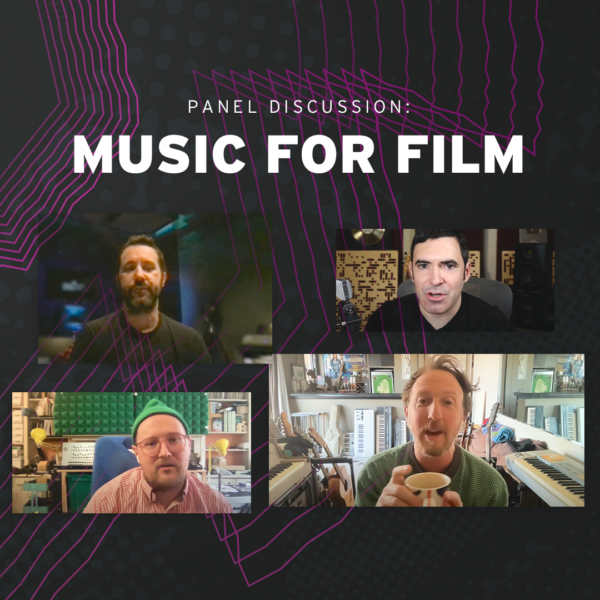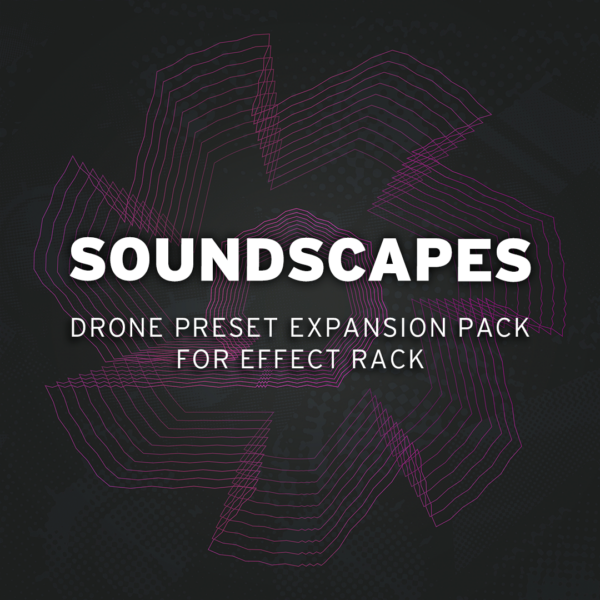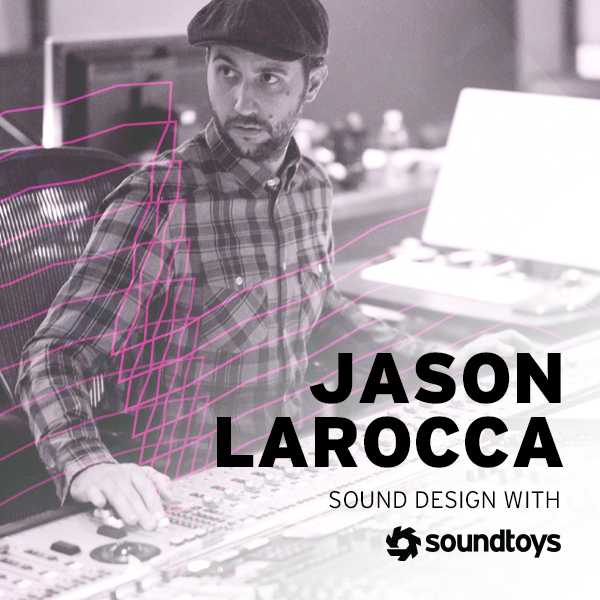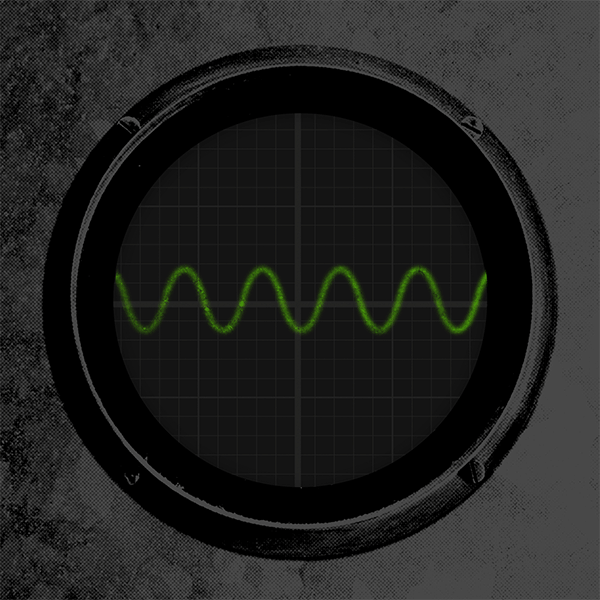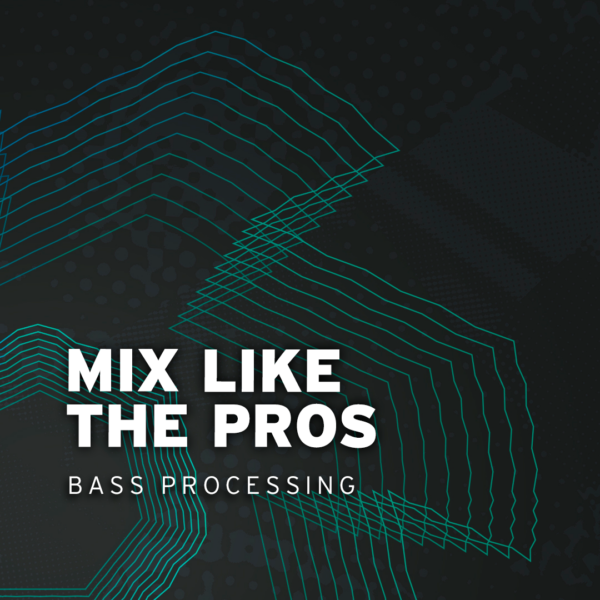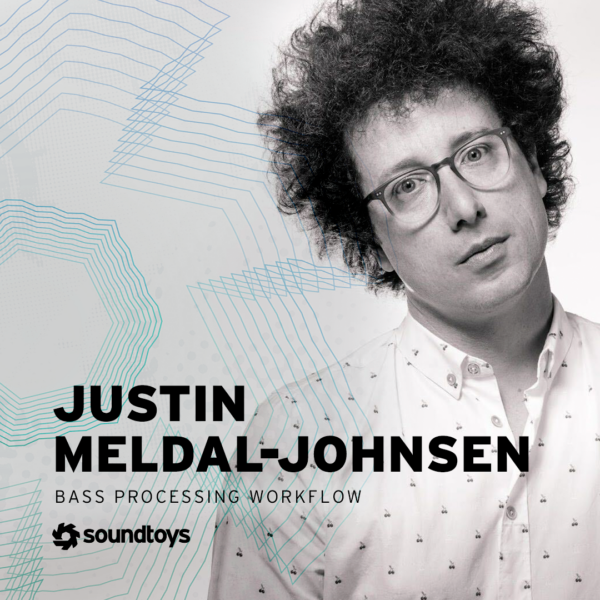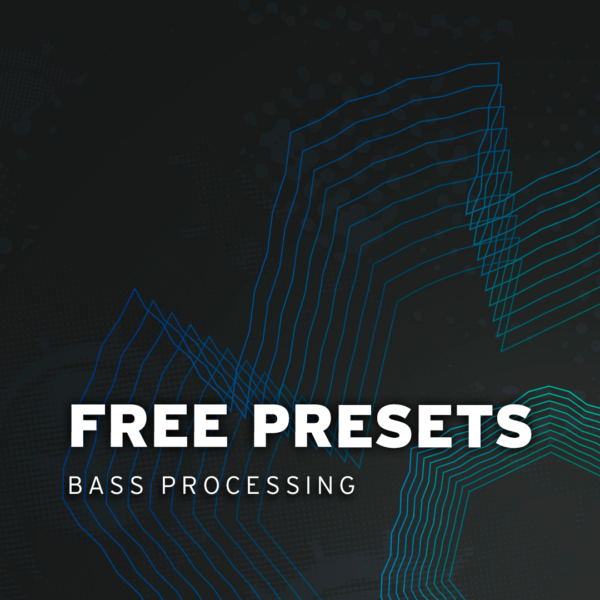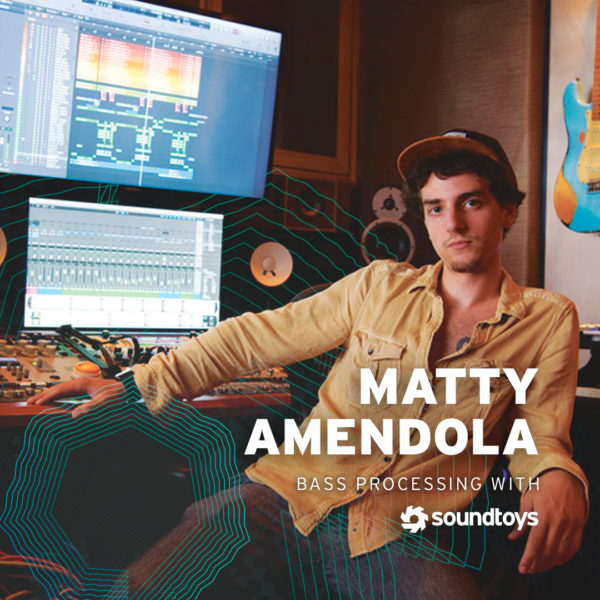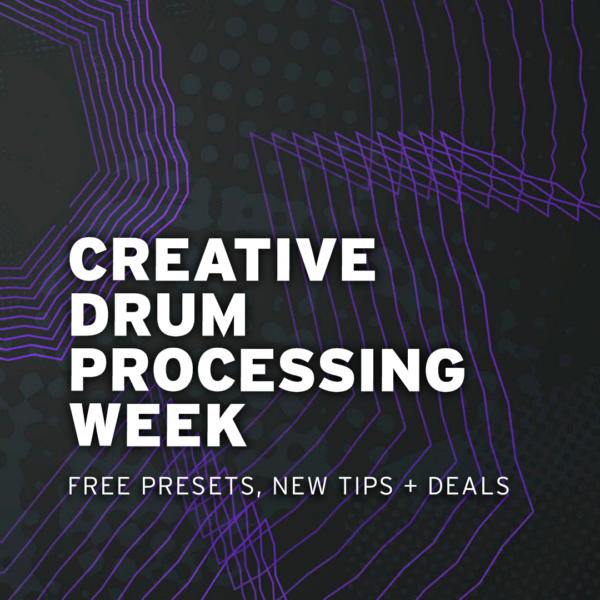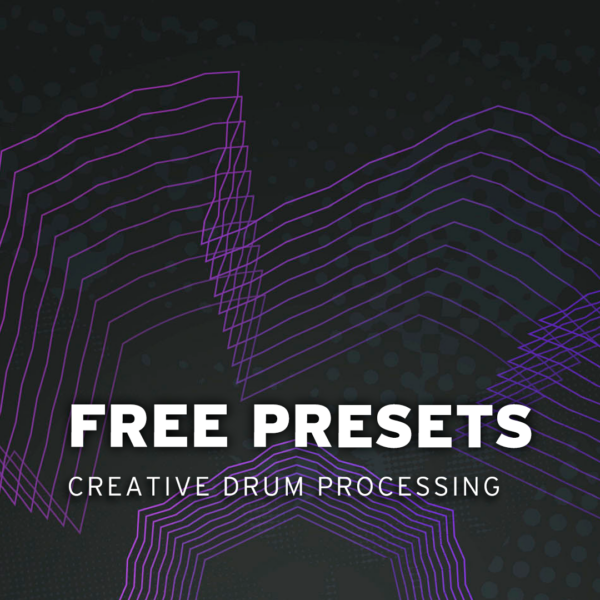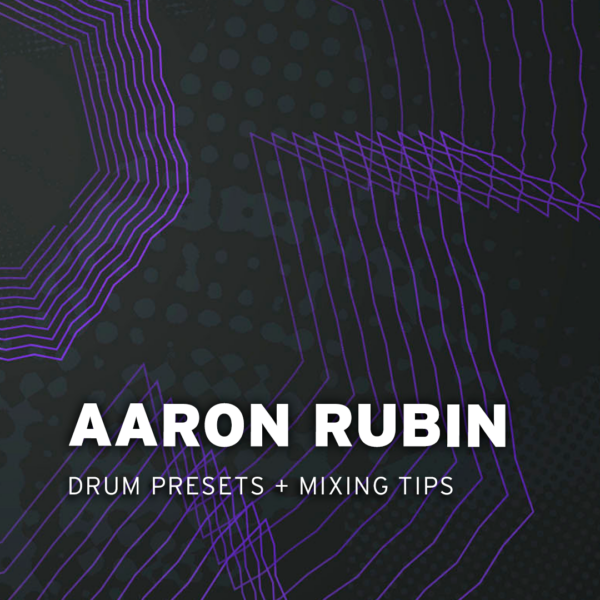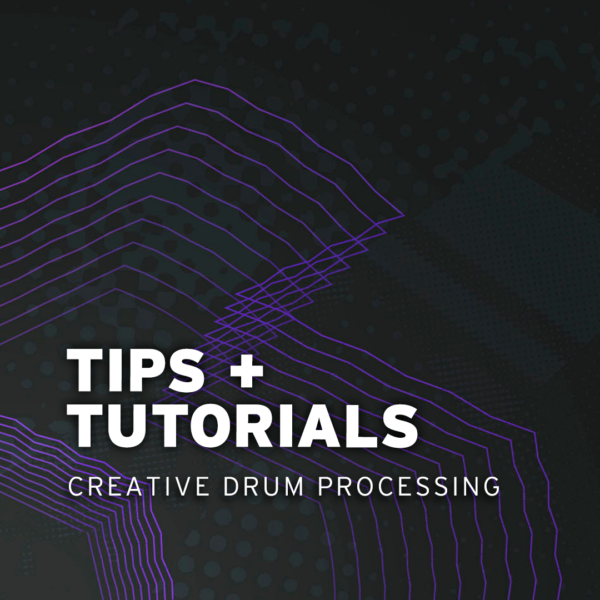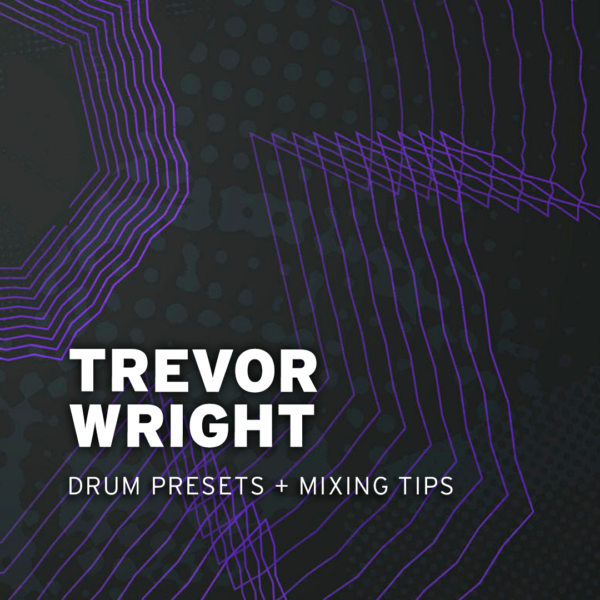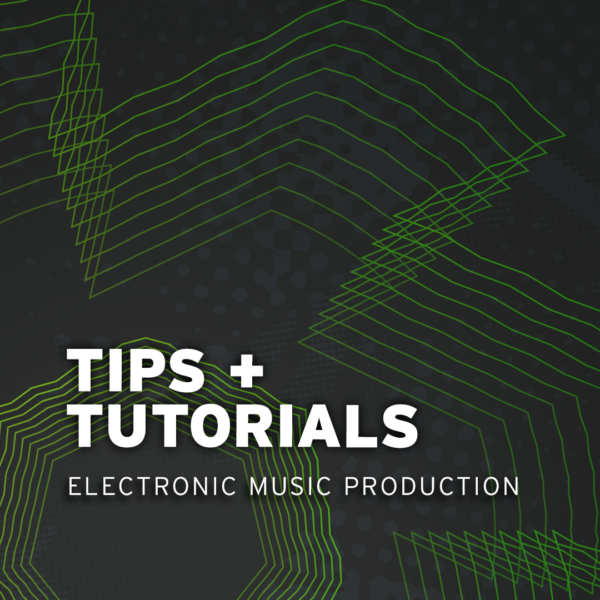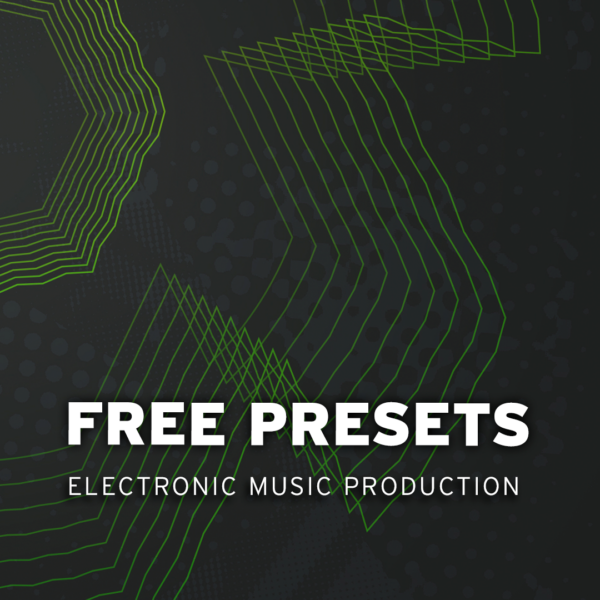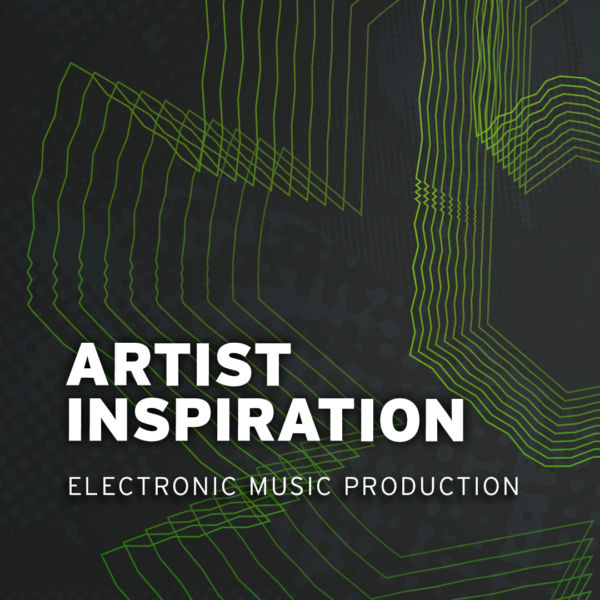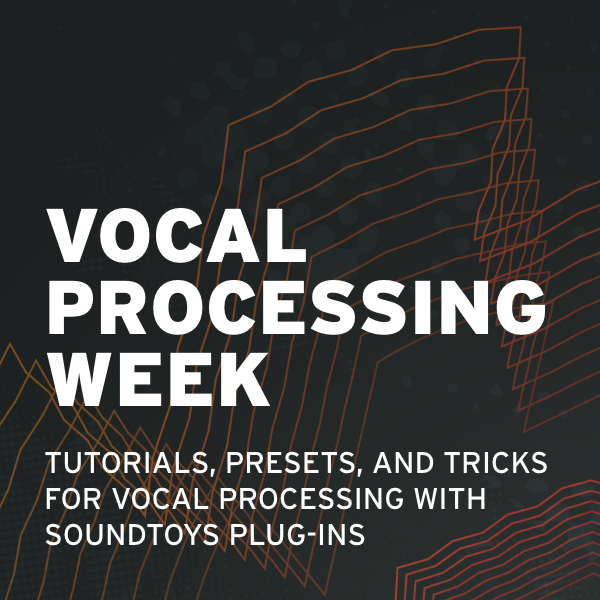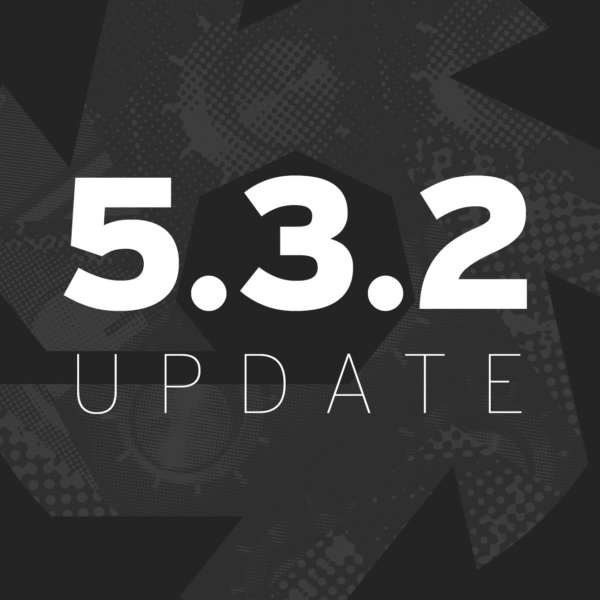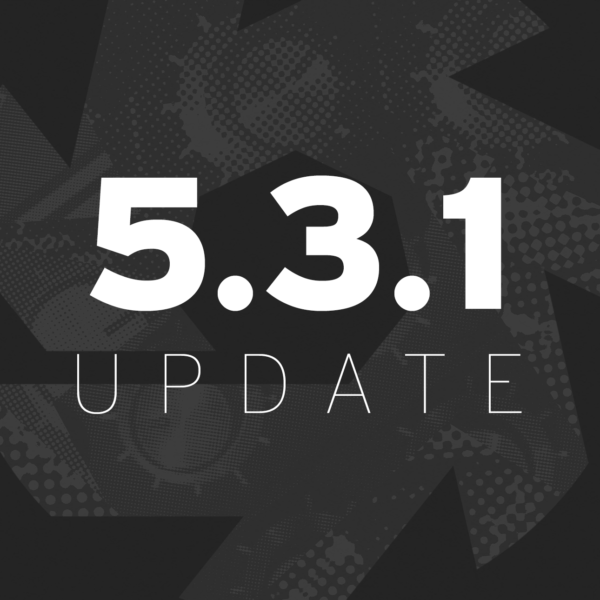
For the second edition of Deciphered, we brought the synth-pop trio Prinze George to our Carriage House studio to collaborate on a new track with world-class engineer and Soundtoys superfriend Ariel Borujow.
Lauded for their multi-layered synths, hypnotizing vocals, and fusion of analog and digital sounds, the band inspired us to build a unique pop-up studio designed to put control of select vintage hardware effects and instruments into the hands of the artists. The setup featured two all-star effects racks wired into a pair of vintage consoles and a unique custom drum machine station.
With a sketch of the song “Dividends” produced in their home studio in hand, the group explored the sonic possibilities of the gear with our engineers and began to build upon the original vision. Over the course of three rugged Vermont winter days, they discovered new sounds and moods while writing, recording, and fending off the weather with red wine and homemade mac ‘n cheese.
The result was a gorgeous hybrid of analog and digital sounds that bloomed into a cinematic pop anthem with the help of Borujow’s direction over the session. We wrapped up the last night in the studio together listening to “Dividends” on repeat, bobbing our heads, inspired to have been a part of the creative process.
The Gear
Vocal Rig
Vocal Microphone: Audio-Technica AT2020 Condenser
This condenser microphone was provided by lead singer Naomi Almquist. While it may not be the first choice from an engineer’s standpoint, Naomi has been using it for years, feels comfortable with it, and that’s what’s most important — confidence inspires the best performance.
Mic Preamp: Original Helios Type 69
Designed for Olympic Studios, the Helios Type 69 Mic Pre was the powerhouse behind one of the first transistorized consoles of the 60’s. Still a highly sought-after sound today, it’s dripping with the vibe heard on hundreds of classic albums.
Compressor: Fairchild 660 Compressor/Limiter
Appropriately following the “Olympic Studio Pre” is a Fairchild 660 Compressor/Limiter that Soundtoys actually acquired from Olympic Studios. The sound of countless artists have passed through this piece, and it shows when you hear each of the dozen vacuum tubes adding a touch of magic, even when the unit is bypassed.
Mult.: After the 660, the signal was then multed (split) into 5 different effects units, each of which were separately returned to the Neve BCM10.
Effect 1: Thermionic Culture – The Culture Vulture
Used to add warmth and/or dirt, The Culture Vulture is a tube distortion box that can give audio just a little bit of bite, or mangle it completely. With a nod to one of the most classic musical mockumentaries in history, the knobs on this beauty go all the way to 11. The Culture Vulture is the inspiration behind Decapitator’s “T” and “P” settings, which emulate the Triode and Pentode distortion types found on the original units.
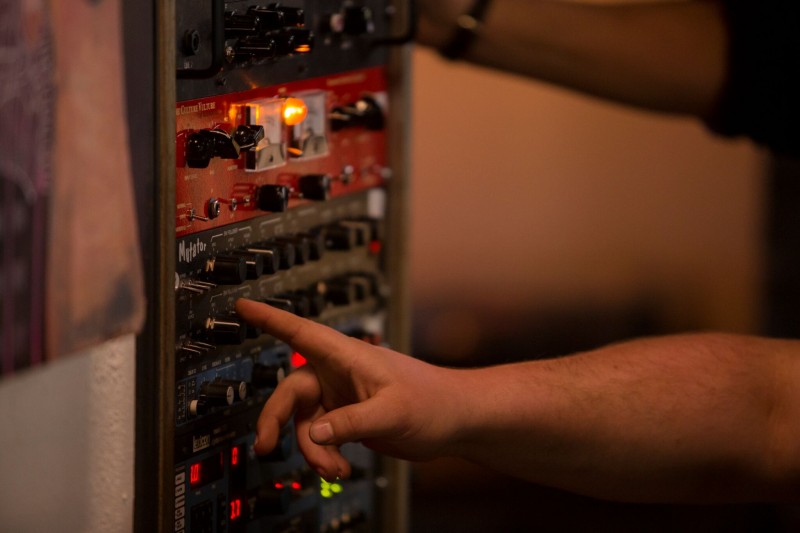
Effect 2: Mutronics Mutator
A very popular filter, modulation, and envelope follower, the Mutator is an effect that’s best used to add motion and evolution to a sound.
Effect 3: Lexicon PCM 42
A studio favorite for delays (and trade-secret overload compression!), the PCM 42 is a high-quality digital delay processor capable of delay times upwards of 4.5 seconds. With more bandwidth than its predecessor (the PCM 41), this unit is known for its crystal-clear repetitions.
Effect 4: Lexicon Model 200 Digital Reverberator
Using algorithms similar to those found in the classic Lexicon 224 and 224X, the Model 200 offers features that were practically unheard of when it was released in 1984, such as 99-second reverbs. Housed inside an all-encompassing rackmount unit, the 200 has no need for a remote LARC (though an unutilized remote port does exist on the back). A bandwidth of 10kHz keeps this 80’s reverb from sounding too “digital”.
Effect 5: Roland Dimension D
With just four preset buttons on its front plate, the Dimension D is probably the least intimidating piece of gear on this list, yet as unassuming as it looks this chorus unit has been the secret sound of countless artists since 1979. From subtle to… slightly less subtle, the flavor of this chorus box can add movement and depth to even the flattest performance.
Console: Neve BCM10
A vintage Neve board loaded with an assortment of 1066 and 1073 modules. The lead vocals were multed into several outboard effects which were then returned via the line inputs of the board. With all effects running at once, Naomi could use the faders to get just the right blend of saturation, delay, chorus, reverb, and envelope filtering – essentially turning the console into an instrument.
![]()
Keyboard Rig
Keyboards:
Kenny’s arsenal included: a Roland Jupiter 8, a vintage Mellotron, an Oberheim 2-Voice synthesizer, and an old-school Wurlitzer upright piano which, for this session, was mainly used as a stand for a 1962 Altec 250SU tube console – the back end of the effect chain.
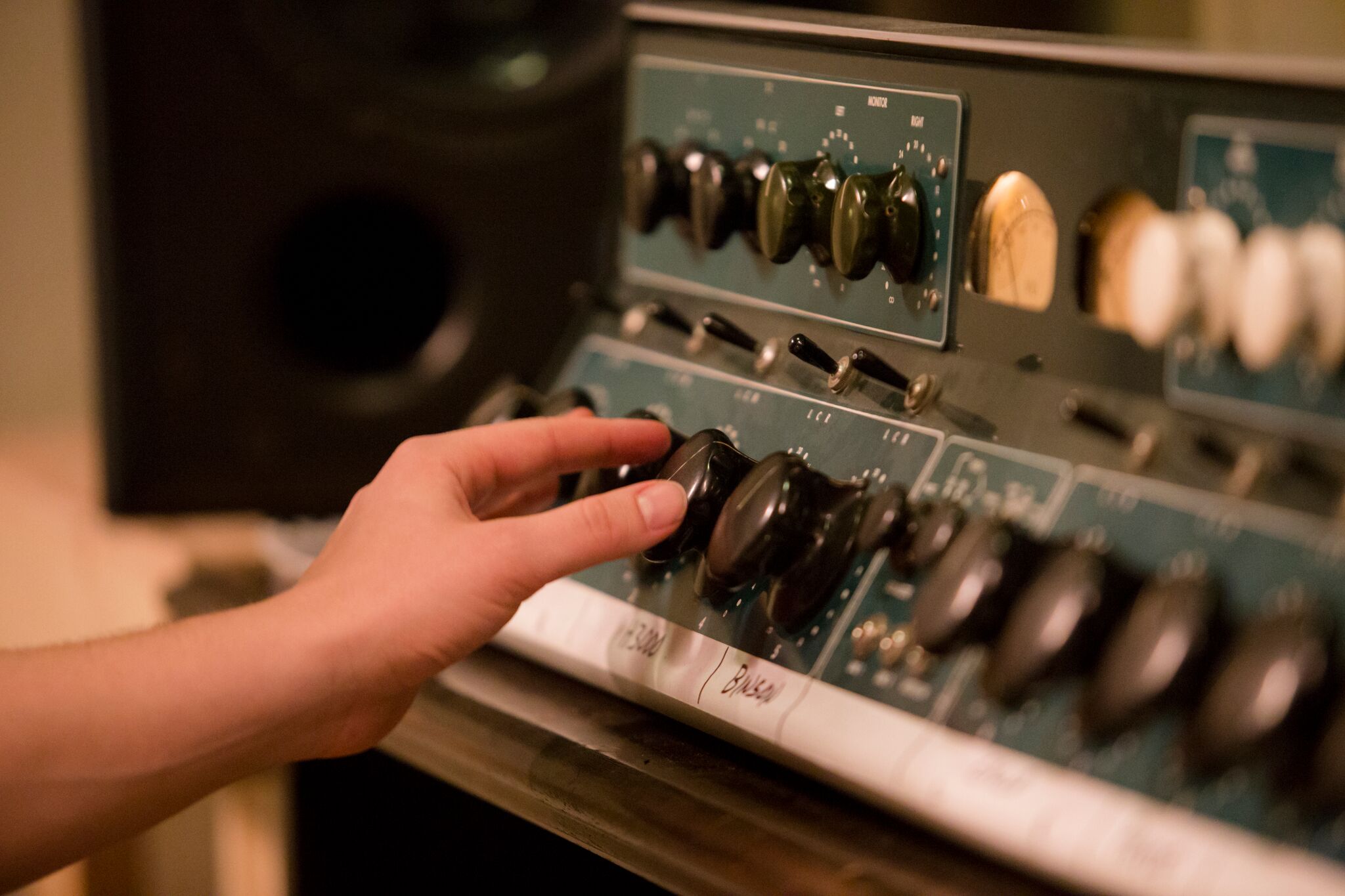
Keys Monitor Mixer: Mackie 802VLZ4
With all keys routed here, Kenny had control over the individual levels coming out of his personal monitor speaker – a Meyer Sound UPM-1XP. From here, each keyboard was then routed to the Aux Send, which was multed to 4 outboard effects, each returned through the Altec 250SU.
Effect 1: TC Electronic 2290 Dynamic Digital Delay
The TC 2290 is primarily known as a delay unit, but it does much more than one would expect from a computer made in 1985. In addition to the available sampling, looping, phasing, flanging, and compression algorithms, there are also 5 effects loops incorporated to expand the processing outside-the-box.
Effect 2: Eventide H3000 D/SE
(From https://soundtoysdev.kinsta.cloud/plugged-in-h3000/)
The Eventide H3000 Multi-Effects Unit is a legend. Found in every major studio around the world, it’s one of the most highly used multi-effects units ever produced. Heard on thousands of songs from 1988 on, the H3000 is respected by many top engineers as the holy grail of effects.
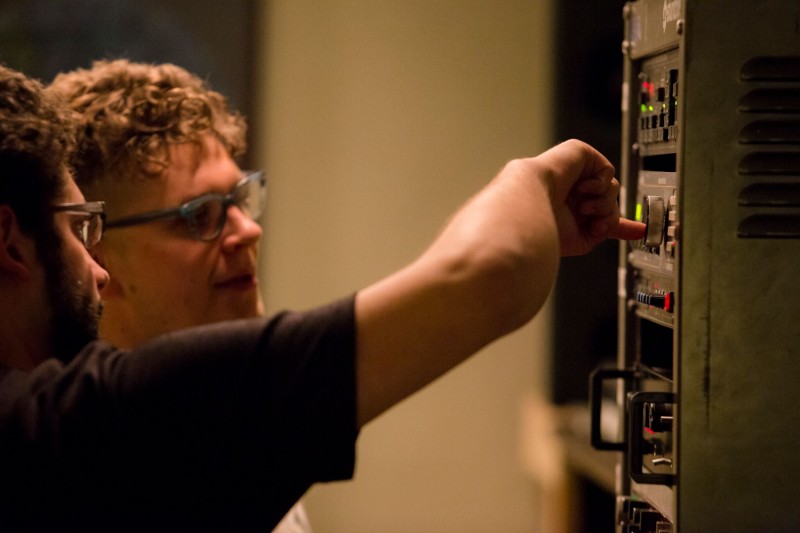
Effect 3: Dytronics FS-1 Cyclosonic Panner
Calling this piece a mere panner wouldn’t do it justice, as it doesn’t just add movement to a sound but also generates a whirlwind that envelops you in an aural cyclone. Using intelligent combinations of a panner, exciter, and phase shifter, the FS-1 creates a 3D image that adds front-to-back and even perceived up-and-down movement, along with standard left-to-right panning.
Effect 4: Roland SPH-323 Phase Shifter
The SPH-323 is part of Roland’s RSS series of rackmount gear, which includes the previously mentioned Dimension D. Much more aggressive, however, this phase shifter offers 4- and 8-stage phasing, along with 2 LFOs and multiple CV Ins and Mod Outs which allow it to play quite nicely with others when in the right hands.
Keys Effects Returns:
Each effect was returned through the channel faders of the 250SU console, in the same way the vocal effects came into the Neve BCM10. The fully-wet signals were then sent to Pro Tools and back to the Keys Monitor Mixer. Because the effects were being monitored from the Keys mixer, they could actually be fed through the Aux again, effectively creating a “Recycle” knob.
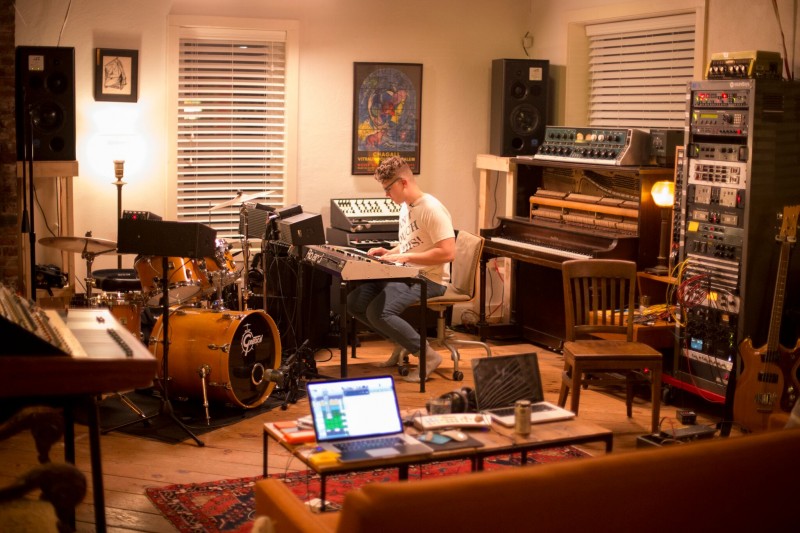
Drum Station
Microphones:
Kick: Shure Beta 52A
Snare: AKG D1000
Overhead: Coles 4038 Ribbon (Beatles-style)
Hats & Toms: Altec 195A’s w/ 29B capsules
Room: Neumann KU100 Binaural Microphone
Affectionately dubbed the unofficial mascot of this session, “Norman the Neumann” is a binaural stereo microphone that mimics the way humans perceive sound. Mounted on either side of a mannequin head are two disturbingly life-like ears, each with a small microphone that picks up every single reflection bouncing around in Norman’s ear canal. Listening to binaural recordings with headphones on gives the sense that you are standing exactly where Norman was in the room during recording, which was a few feet in front of the drum set.
Linn LM-1 Drum Computer
The Linn Drum is responsible for some of the most recognizable drum sounds of the 80’s, being featured on award-winning albums by Prince, Michael Jackson, Herbie Hancock, and many more. The LM-1 was the first sample-based drum machine, designed by Roger Linn, who also designed the famous Akai MPC60″. It also was somewhat responsible for the early demise of the TR808.
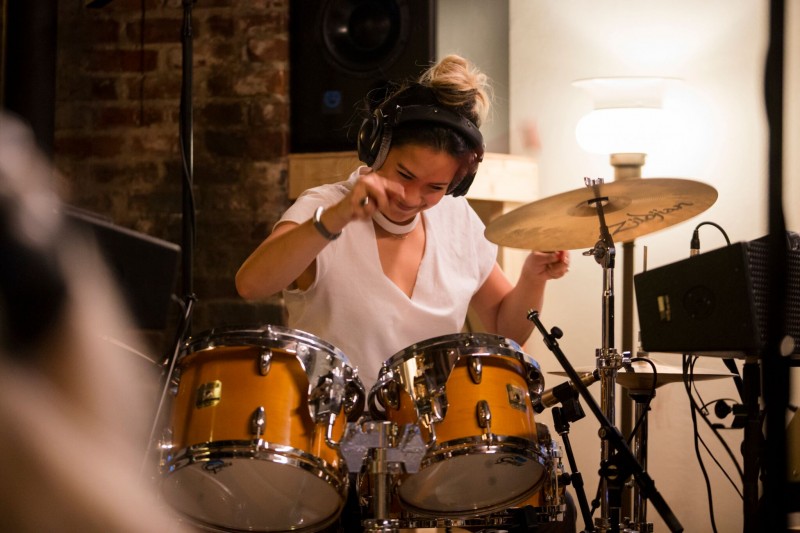
Deciphered: Artists In Residence makes our classic gear collection, our team of engineers and gear-heads, and the creative workshops at our Burlington, Vermont headquarters available to adventurous artists with unique perspectives on sound, creativity and technology.
Stream “Dividends” by Prinze George: smarturl.it/pgdividends
For more info about Prinze George visit www.prinzegeorge.com.
For more info about Ariel Borujow visit www.arielborujow.com.

